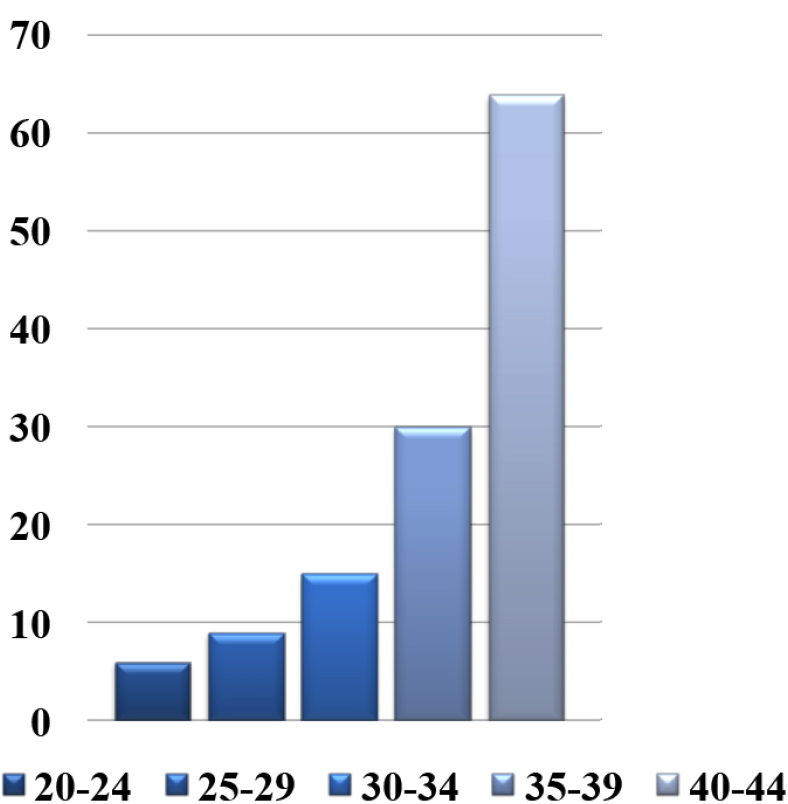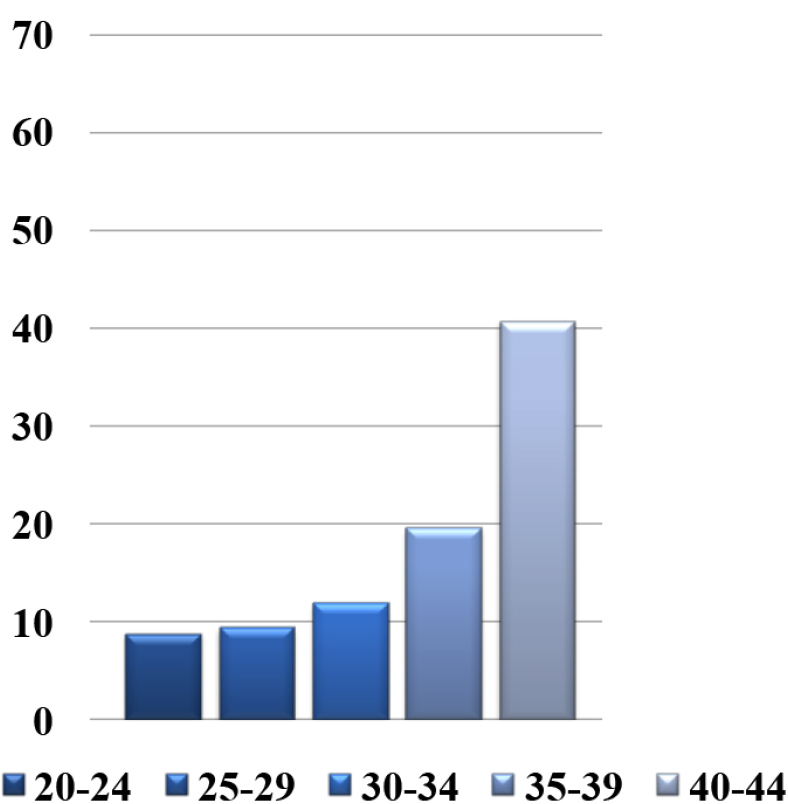For patients with recurrent pregnancy loss
Definition of recurrent miscarriage and recurrent pregnancy loss and results of the Japan Environment and Children’s Study (JECS)
- The definition of recurrent pregnancy loss (RPL)
- A loss of two or more pregnancies. This is a condition in which a pregnancy is achieved but the child is not born due to repeated miscarriages or stillbirths.
- Recurrent miscarriage
- Defined as three or more consecutive miscarriages (included in RPL).
- Miscarriage
- Defined as delivery at less than 22 weeks' gestation (Japan, 20 weeks’ gestation by ESHRE and ASRM).
- A clinical miscarriage
- Occurred if the ultrasound shows a fetal sac (gestational sac).
- A biochemical pregnancy
- When the pregnancy test is positive but it quickly disappears, and it is not included under the category of a miscarriage.
- Infertility
- A condition in which the couple are trying to conceive but remains unable to do so after more than a year.%にみられるとの報告もあり、流産には含めない
Miscarriage is the biggest complication and accounts for about 15% of all pregnancies. The majority of miscarriages occur early at less than 10 weeks’ gestation. The likelihood of miscarriage increases as a woman ages. The estimated frequency based on the current age of a pregnant woman in Japan is 15 %, but some data show that as much as 40 % of miscarriages occur after the age of 40 (Figure 1-B). Fertility is also heavily influenced by age, with 64% of women in their 40s unable to conceive (Fig. 1-A).
Reproductive education in Japan has emphasized birth control (family planning), which seems to have given women the misconception that they can easily get pregnant once they are married. There has long been a lack of reproductive education for teaching women about infertility and RPL. Consequently, many women face the reality of being unable to have children as a result of postponing motherhood without knowing that they will lose their ability to conceive with age.
According to the Japan Environment and Children's Study (JECS), the frequency of recurrent miscarriage was 1 % and the frequency of RPL was 5 % (2). The Okazaki Cohort Study found that 38% of women who had ever been pregnant had experienced a miscarriage (3).
Figure 1-A: The frequency of infertility according to a woman’s age

Infertility
Menken et al. Science 1986
Figure 1-B: The frequency of recurrent pregnancy loss according to a woman’s age

Recurrent Pregnancy loss
Andersen et al. BMJ 2000
Index
- Definition of recurrent miscarriage and recurrent pregnancy loss and results of the Japan Environment and Children’s Study (JECS)
- Examination and causes of RPL
- Antiphospholipid syndrome
- ー
- Treatment of antiphospholipid syndrome
- Chromosomal translocation in either partner
- Preimplantation genetic testing for chromosomal structural rearrangement
- Congenital uterine anomaly
- Thrombotic predisposition
- Endocrine abnormality
- Fetal or embryonic aneuploidy
- Preimplantation genetic testing for aneuploidy
- Immunotherapy for unexplained recurrent miscarriage
- Drug administration for repeated miscarriages of unknown cause
- Unknown Causes
- Emotional support
- References

